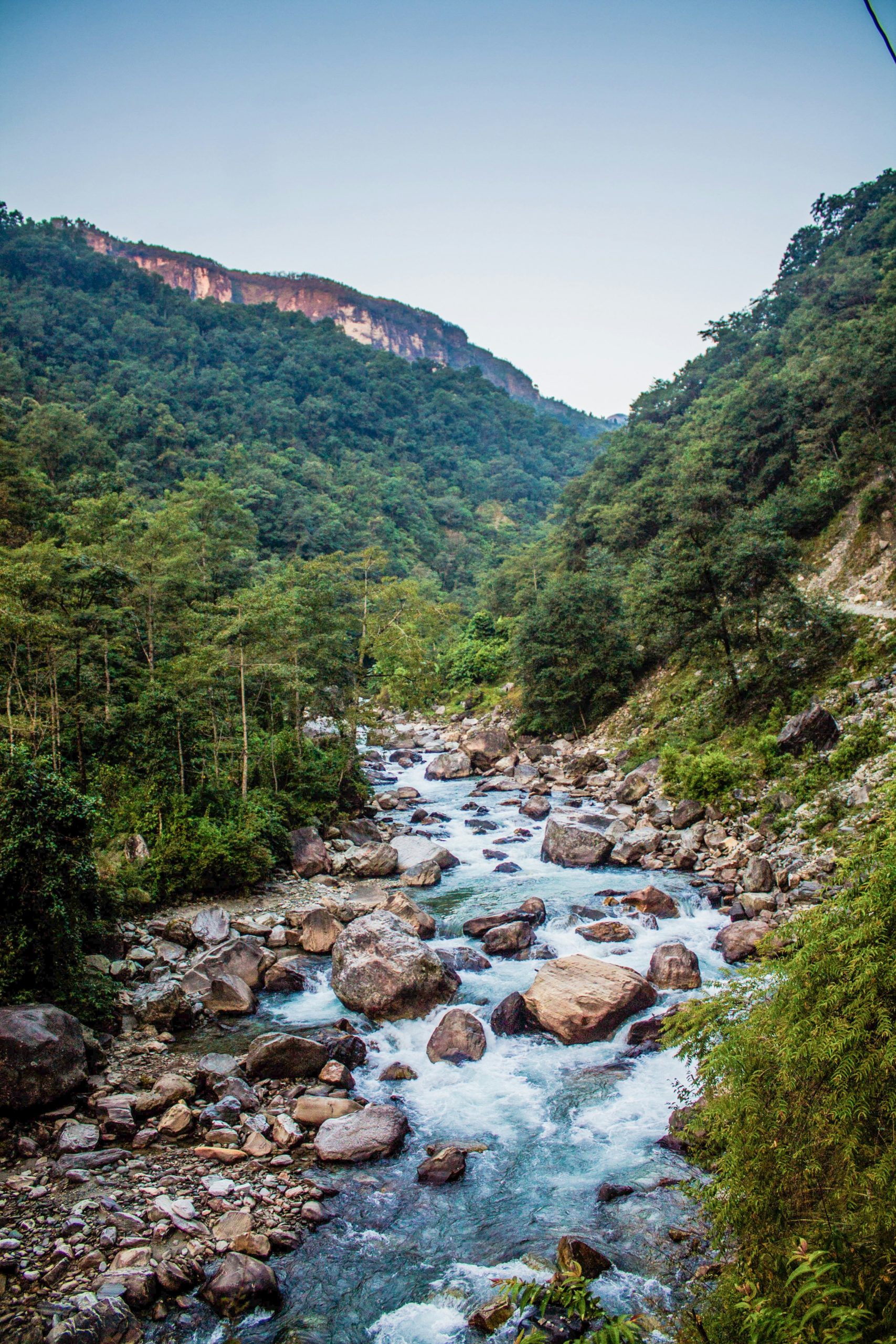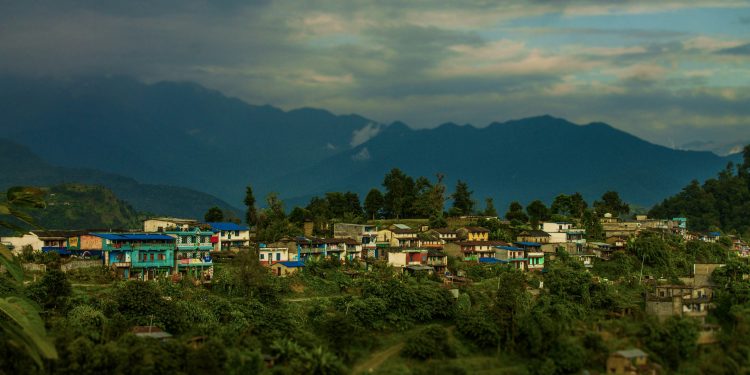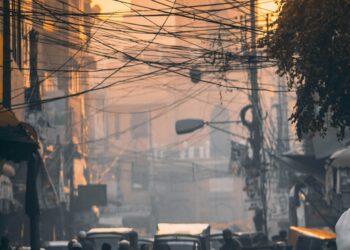At least 34 Hindu pilgrims perished when catastrophic flash floods triggered by a massive cloudburst devastated Chositi village in Jammu and Kashmir’s Kishtwar district—a key stopover on the Himalayan trek to the revered Machail Mata shrine.
Dramatic footage shows torrents of mud-brown water sweeping away vehicles and buildings as survivors caked in debris wailed for help. With 50 still missing and rescue teams struggling through washed-out roads, Federal Minister Jitendra Singh warned the death toll could rise sharply in India’s latest mountain tragedy.
The disaster struck at peak pilgrimage season, obliterating a langar (community kitchen) serving lunch to hundreds of devotees. Local officials confirmed the entire structure vanished in the deluge, while AFP reporters witnessed 15 bodies arriving at Atholi village hospital.

Chief Minister Omar Abdullah canceled Independence Day events, calling the situation “grim” as helicopters remained grounded due to unstable weather. Prime Minister Narendra Modi pledged “every possible assistance,” but terrain challenges hindered relief efforts in the remote Himalayan valley.
This marks northern India’s second major flood disaster in a week, following Uttarakhand’s Dharali village submersion where 66 remain missing. Meteorologists attribute the escalating crises to climate change-intensified monsoon patterns, with cloudbursts—sudden, extreme rainfall events—becoming frequent killers in the fragile Himalayan ecosystem. The Kishtwar district alone has suffered three deadly flash floods since 2021, exposing inadequate disaster preparedness along popular pilgrimage routes.
Why It Matters
The recent tragedy has restarted debates about regulating the annual Machail Mata Yatra, which draws over 300,000 pilgrims to treacherous high-altitude terrain. While the Indian Army and National Disaster Response Force (NDRF) routinely deploy for the pilgrimage, Thursday’s disaster revealed gaps in early warning systems, especially for temporary settlements like Chositi’s makeshift pilgrim camps. Environmentalists warn unchecked tourism infrastructure is exacerbating flood risks in the ecologically sensitive Pir Panjal range.
With the sole access road destroyed, NDRF teams are approaching Chositi on foot while airlifting critical supplies to cut-off survivors. Satellite phones have been dispatched as mobile networks failed, delaying casualty confirmation.
Survivors described apocalyptic scenes: “The mountains roared, and within minutes, water was everywhere,” one pilgrim told rescuers. Officials fear many victims may have been swept into the raging Chenab River, complicating recovery efforts downstream.

















